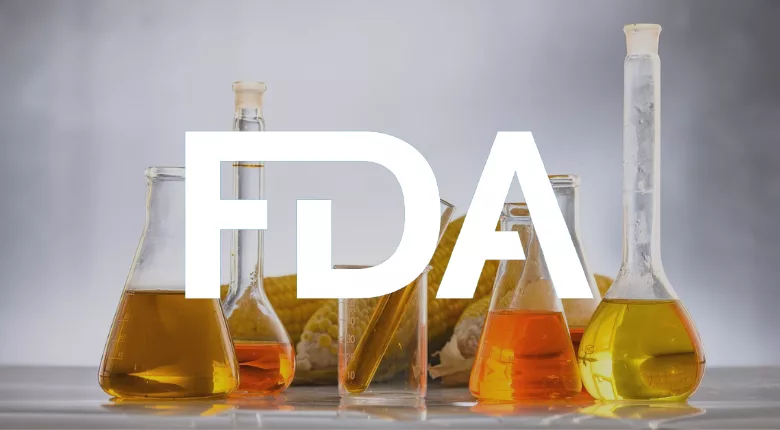FDA Publishes Results of FY 2021 Pesticide Residue Sampling Program for Foods

Image credit: ckstockphoto via Pixabay
The U.S. Food and Drug Administration (FDA) has released the report for its fiscal year (FY) 2021 pesticide residue monitoring program, summarizing findings from FDA testing of human and animal foods for approximately 750 different pesticides and selected industrial compounds between October 1, 2020 and September 30, 2021.
It is the legal responsibility of companies that produce and grow foods and manufacture products sold in the U.S. and intended for food use to comply with applicable U.S. Environmental Protection Agency (EPA) and FDA regulations. To protect public health, the FDA’s pesticide residue monitoring program tests FDA-regulated foods shipped in interstate commerce to determine whether they comply with the pesticide tolerances, or maximum residue levels, set by EPA. If the FDA finds that the amount of pesticide residue on a food is over the tolerance, or when a pesticide is found and there is no tolerance established, the FDA can take action. For FY 2021, findings show that the levels of pesticide chemical residues in the U.S. food supply are generally in compliance with EPA pesticide tolerances.
As with FY 2020, sample collection and analysis in FY 2021 was significantly impacted by the COVID-19 pandemic. Approximately 68 percent fewer human food samples and 78 percent fewer animal food samples were collected in FY 2021 compared with FY 2019, the most recent year not impacted by the pandemic. Sample collection and analysis increased in FY 2022.
Overall, 1,367 total human food samples were collected, including 300 domestic food samples from 26 states and 1,067 imported food samples from 66 countries/economies. Of the samples collected, 96.7 percent of domestic samples and 89.3 percent of imported samples were compliant with federal regulations (below EPA tolerances).No pesticide chemical residues were detected in 35 percent of domestic samples and 44.5 percent of imported samples.
A total of 80 animal food samples were also collected, including 16 domestic food samples from five states and 64 imported samples from seven countries. All of the domestic samples and 98.4 percent of imported samples were below EPA tolerances. No pesticide chemical residues were detected in 37.5 percent of domestic samples and 40.6 percent of imported samples.
Due to the low sample numbers, only limited conclusions can be drawn from the results. However, the violation rates for both human and animal food samples in FY 2021 were similar to recent years.
Looking for quick answers on food safety topics?
Try Ask FSM, our new smart AI search tool.
Ask FSM →









